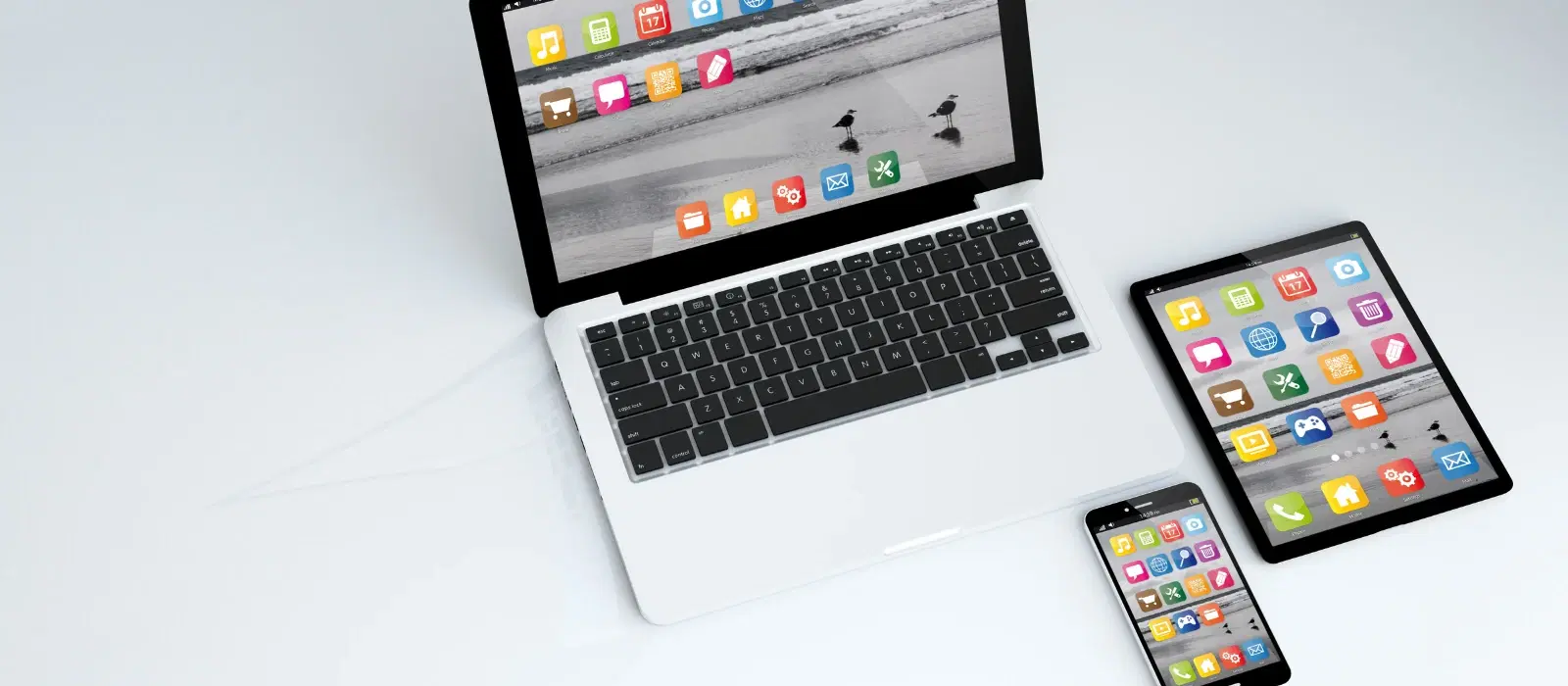
Consumer Electronics
•03 min read
Imagine effortlessly sharing your iPhone screen with your Mac for work presentations, troubleshooting issues or simply enjoying your favourite content on a larger display. This guide explains how to screen share iPhone to Mac using various methods such as AirPlay, QuickTime Player and trusted third‐party tools. By reading on, you will learn step-by-step instructions, troubleshooting tips and expert advice to mirror your iPhone screen on Mac seamlessly.
Screen sharing lets you display what’s on your iPhone screen on your Mac. This helps you work more productively, enjoy multimedia content, or even offer remote support. With wireless methods like AirPlay from iPhone to Mac or wired methods like QuickTime Player, you can connect iPhone to Mac for screen sharing with ease.
You might need to mirror your iPhone screen on Mac when giving a presentation or watching videos on a larger screen. It is also a great way to troubleshoot issues on your iPhone. The seamless integration between Apple devices means sharing your iPhone display with Mac is both simple and highly effective.
AirPlay is one of the most popular ways to use AirPlay to share iPhone screen without cables. To start, ensure that both your iPhone and Mac are connected to the same Wi-Fi network. On your iPhone, open the Control Center and tap on the Screen Mirroring option. Then select your Mac from the available devices. This method is perfect for those who value speed and convenience.
If you prefer a more stable connection, you can mirror your iPhone to MacBook using QuickTime Player with a USB cable. Simply connect your devices, open QuickTime, and choose the option to record a new movie. Select your iPhone as the camera source and the screen sharing will begin. Although this method requires a cable, it offers reliability even in areas where Wi-Fi may be unstable.
There are also third-party apps that allow you to share iPhone display with Mac. Tools such as Reflector, AirServer and AnyMiro offer simple set-up processes. While these tools often include extra features, they fundamentally serve the same purpose as AirPlay from iPhone to Mac or QuickTime. Your choice depends on your particular needs, whether you value wireless convenience or enhanced performance.
Sometimes, you might face issues like AirPlay not working correctly, unexpected connection drops, or lag during screen mirroring. Common fixes include restarting your devices, ensuring both are updated to the latest software version and double-checking that your Wi-Fi network is stable.
If problems persist, check if your devices meet the system requirements for AirPlay and QuickTime. You can also reset your network settings on both your iPhone and Mac. For users of third-party tools, many of these apps include diagnostic tools to help troubleshoot issues further.
To enhance performance, ensure that you have a robust Wi-Fi connection when using wireless screen mirroring. Close unnecessary apps to reduce any potential lag. Additionally, adjusting the resolution settings can further improve display quality, helping you mirror iPhone to MacBook seamlessly.
Deciding whether to use AirPlay, QuickTime or a trusted third-party tool depends on what you value most. AirPlay is fantastic for its cable-free convenience, while QuickTime offers a very reliable experience when using a USB connection. Third-party tools can bridge the gap with extra features. Just like shopping smartly on Tata Neu, where you earn NeuCoins on every transaction and enjoy special benefits, you can choose a screen sharing method that enhances your day-to-day digital experience.
Pro Tip: Maximise Your Screen Sharing Efficiency
Did you know? For the smoothest screen mirroring experience, ensure your iPhone and Mac are running the latest iOS and macOS versions. Outdated software often causes connectivity issues.
The easiest method is using AirPlay. Connect both devices to the same Wi-Fi network and enable screen mirroring from your iPhone.
Yes, you can use QuickTime Player with a USB cable to mirror your iPhone screen to your Mac without needing a Wi-Fi connection.
AirPlay issues are often due to outdated software, incompatible devices, or network problems. Ensure both devices are updated and connected to the same network.
Most well-known third-party apps for screen sharing are safe. It is important to download them from trusted sources to guarantee security.
Yes, you can mirror your iPhone screen wirelessly using AirPlay or trusted third-party tools.
Screen sharing your iPhone to your Mac opens up a world of possibilities, from giving smooth presentations to enjoying entertainment on a bigger screen. Whether you prefer the simplicity of AirPlay, the reliability of QuickTime or the additional features of third-party apps, this guide has provided clear and concise steps to help you connect your iPhone to Mac for screen sharing. Much like the seamless shopping experience on Tata Neu, where every transaction can earn you NeuCoins rewards, these methods empower you to get the most out of your digital devices with trust and ease.